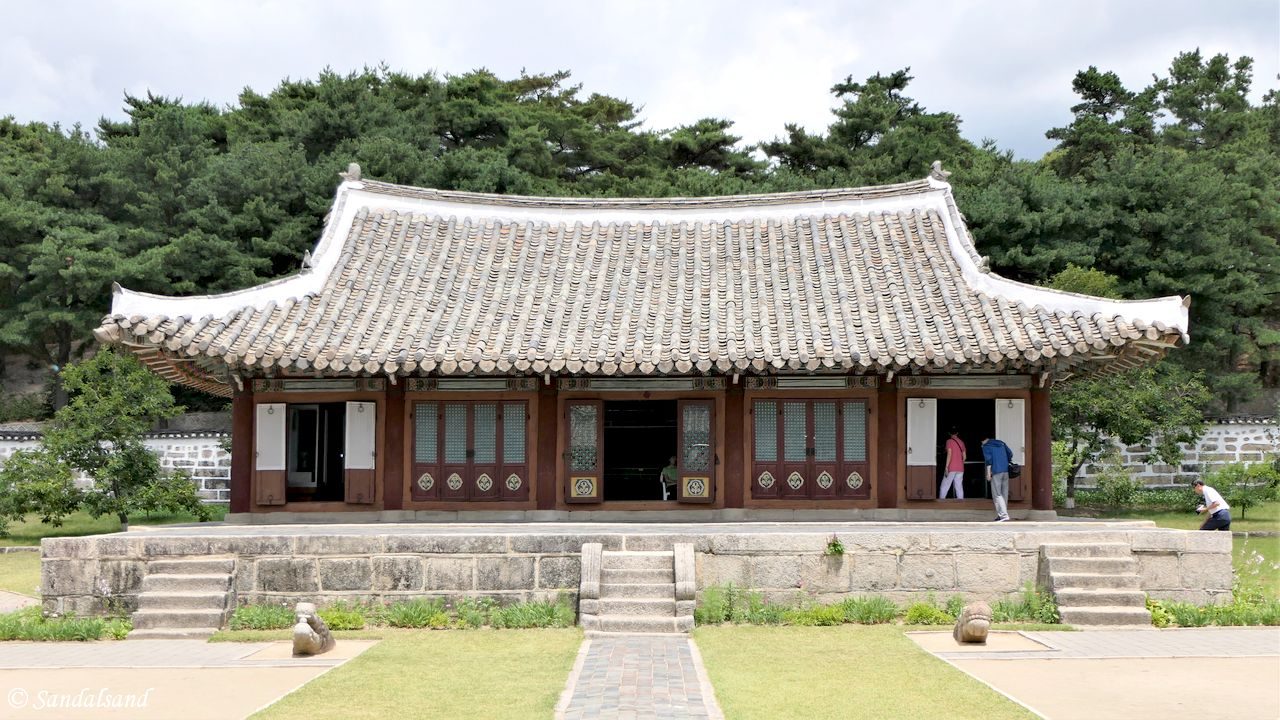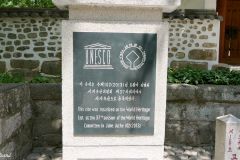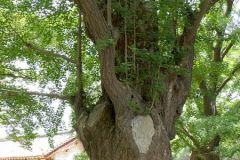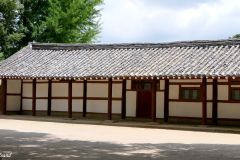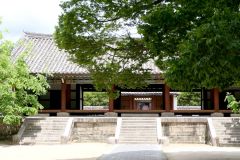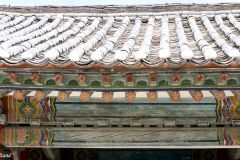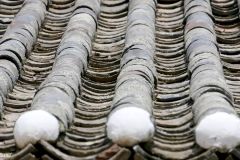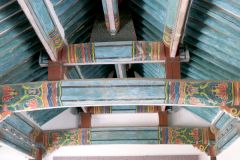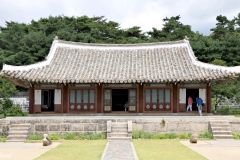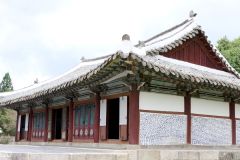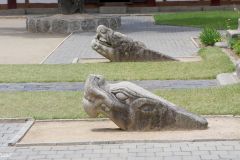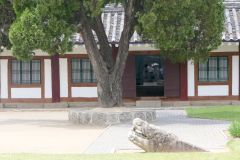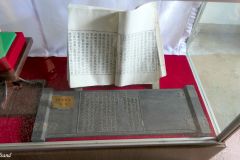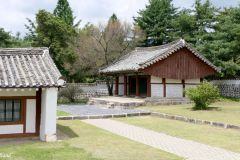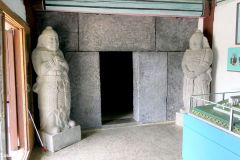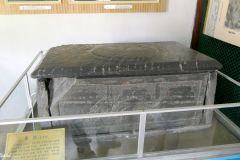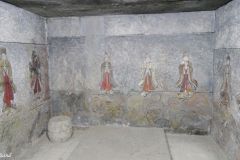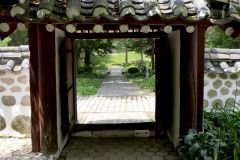The historic monuments and sites in Kaesong reminds us of the foundation and development of the Koryo Dynasty. It established the first unified state in the Korean peninsula.
The UNESCO World Heritage List includes more than a thousand properties with outstanding universal value. They are all part of the world’s cultural and natural heritage.
Official facts
- Official name: The historic monuments and sites in Kaesong
- Country: North Korea (Democratic People’s Republic of Korea).
- Date of Inscription: 2013.
- Category: Cultural.
UNESCO’s World Heritage Centre’s (short) description of site number 1278:
Situated in Kaesong city, in the south of the country, the site consists of 12 separate components, which together testify to the history and culture of the Koryo Dynasty from the 10th to 14th centuries. The geomantic layout of the former capital city of Kaesong, its palaces, institutions and tomb complex, defensive walls and gates embody the political, cultural, philosophical and spiritual values of a crucial era in the region’s history.
The monuments inscribed also include an astronomical and meteorological observatory, two schools (including one dedicated to educating national officials) and commemorative steles. The site testifies to the transition from Buddhism to neo-Confucianism in East Asia and to the assimilation of the cultural spiritual and political values of the states that existed prior to Korea’s unification under the Koryo Dynasty. The integration of Buddhist, Confucian, Taoist and geomantic concepts is manifest in the planning of the site and the architecture of its monuments.
Some additional facts
- Kaesong was one of the major commercial cities in the East.
- It exported silk, ginseng, paper, fan, ink and other products to China. After this, goods were reexported to Central Asia, and to the South and West.
- The name Korea derives from Koryo.
- Kaesong was one of the centres of Buddhist civilisation in the East with 300 temples within the city.
- Its importance was very much reduced at the end of the 14th century.
My visit to a former university
I was pleased to visit (2019) the grounds of the former Koryo Songgyungwan university, one of the twelve places in this multi site listing. From 1089, it was the highest educational institution in the Koryo and Choson Dynasties. An institution by the name of Kukjagam (established 992) served the same purpose on another site in Kaesong. However, it moved here a few decades later. The university prepared young aristocratic men for the civil service. In addition, it was the most important centre of Confucian studies. The length of education would be one year only.
The university was destroyed by fire during the Japanese invasion in 1592. The buildings we now may visit date back to the reconstruction period after the fire. More than 20 buildings fill the grounds inside the walls of the complex. This former university includes one of the largest wooden buildings in the DPRK. Of course, this is no little achievement. Kaesong lies just north of the 38th parallel, the epicentre of the Korean War.)
Impressions
The former university is located right outside the city centre of Kaesong. It will be on the itinerary of all who visit North Korea on a tourist visa. The Koreans often call the complex the Koryo Museum, which is somewhat misleading. Apart from the buildings, there are no remains of the old educational activities. Some of the buildings house and display (copies of) various items. They originate in other parts of Kaesong or the region. For instance, we find a sarcophagus and a stone grave chamber inside one of the buildings.
The museum exhibitions are interesting, provided you have a good guide. Written information in English is scarce or non-existent. There are plans (and hopes) that a new dedicated museum building will solve this.
